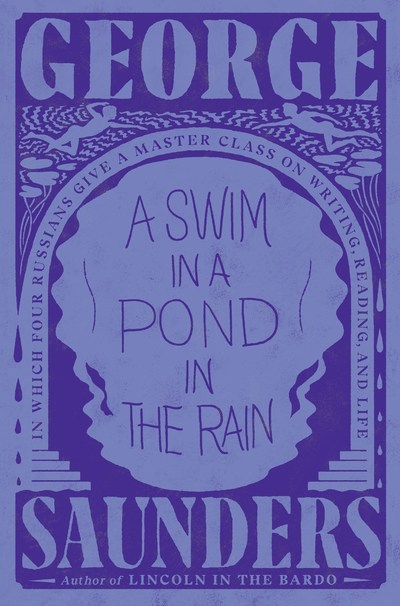In his engrossing and accomplished debut work of nonfiction, The Eagles of Heart Mountain: A True Story of Football, Incarceration, and Resistance in World War II America, Bradford Pearson shines light on a little-known chapter of World War II resistance on the homefront. He sets the stage by confronting the inaccurate vocabulary used to describe the forcible relocation of 120,000 people of Japanese descent in the 1940s, rejecting the commonly used “internment” in favor of the more accurate term “incarceration.”
Pearson’s story revolves around the Eagles, the high school football team of a Japanese incarceration camp located near Heart Mountain, outside of Cody, Wyoming. In the fall of 1943, in its inaugural season, the football team went undefeated against neighboring high schools. Based on meticulous archival research and interviews with surviving family members, Pearson’s narrative provides the political context for the incarceration of Japanese civilians while bringing readers into the lives of several of the teens who came of age in the camp, including Ted Fujioka, George “Horse” Yoshinaga and his best friend, Tamotsu “Babe” Nomura.
Pearson’s tale goes beyond a simple feel-good sports story to encompass the complex political and racial justice issues of the time. In early 1944, for example, after the War Department reinstated the draft for second-generation Japanese men, 63 men imprisoned at Heart Mountain were put on federal trial and found guilty for their decision to resist the draft unless their rights as American citizens were restored.
Pearson weaves this legal fight with the experiences and fates of the young Eagles both during and after World War II. Some went to war, such as Fujioka, who was killed fighting in France. Yoshinaga became a journalist and sports promoter. Nomura returned to California, where he had once been the starting halfback on his high school football team. In December of 1945, he was touted for his impressive reputation on the Los Angeles City College football team as the “nation’s top Japanese-American gridster”—a headline unthinkable only two years before.
The Eagles of Heart Mountain is an inspiring exploration of resistance and a timely examination of how the policy of Japanese incarceration impacted the lives of young people and their families.


























